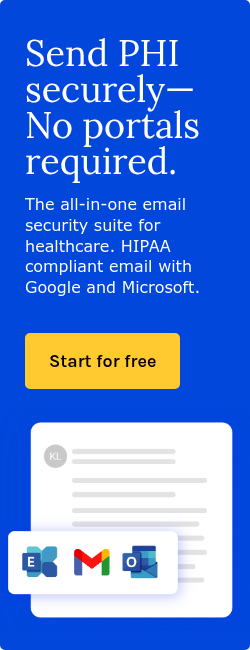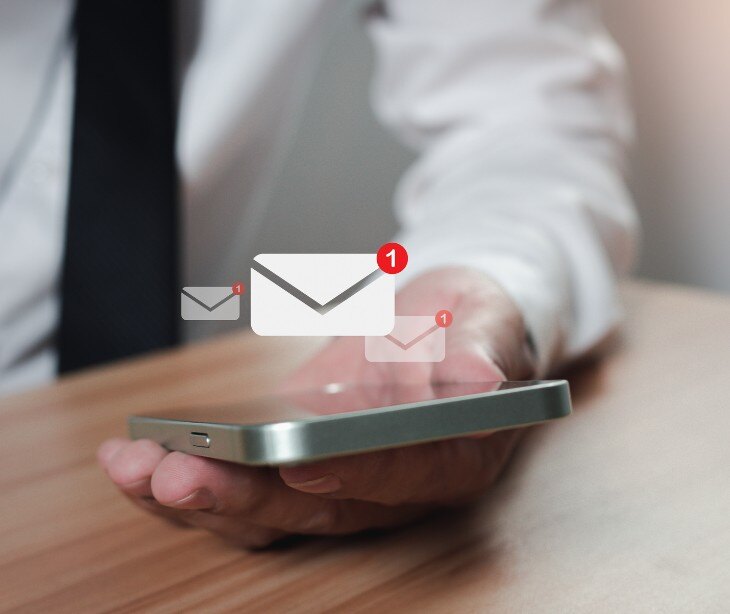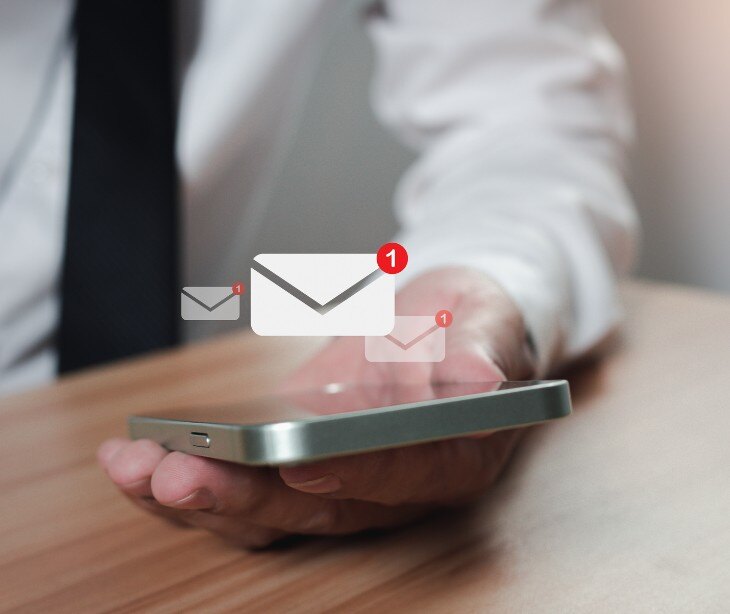
HIPAA compliant email management is the process of configuring, securing, and monitoring email communications in accordance with the Health Insurance Portability and Accountability Act (HIPAA). This involves implementing safeguards that protect the confidentiality, integrity, and availability of protected health information (PHI) shared via email. Whether it’s a lab result, an appointment reminder, or a billing inquiry, any email containing PHI must meet strict HIPAA standards to prevent data breaches and ensure regulatory compliance.
What is HIPAA compliant email?
HIPAA compliant email refers to email communications that meet the Privacy Rule and Security Rule requirements of HIPAA. These rules set the national standards for protecting sensitive patient data when it is stored, accessed, or transmitted electronically.
For email communications to be considered HIPAA compliant, they must incorporate administrative, physical, and technical safeguards to ensure confidentiality, integrity, and availability of the PHI. This includes implementing encryption, access control, secure transmission protocols, and more.
HIPAA does not prohibit using email to transmit PHI, but it does require that appropriate security measures be in place to reduce the risk of unauthorized access.
HIPAA email requirements
To manage email in compliance with HIPAA, healthcare organizations must address the following core requirements:
Access controls
According to the US Department of Health and Human Services (HHS), “A regulated entity must implement technical policies and procedures for its electronic information systems that maintain ePHI to allow only authorized persons to access ePHI.” Role-based access controls can help ensure that users only access the PHI necessary for their roles.
Audit controls
HIPAA requires that covered entities “implement hardware, software, and/or procedural mechanisms to record and examine activity in information systems that contain or use ePHI.” Audit logs track email activity, including who accessed PHI, when, and what actions were taken. These logs help detect unauthorized access and support compliance audits.
Integrity controls
Email systems must prevent the unauthorized alteration or destruction of PHI. Integrity controls, such as digital signatures, help maintain the accuracy and consistency of sensitive data.
According to a study on Digital Signatures from the Institute of Electronics and Electrical Engineers (IEEE), "Digital Signatures ensure the privacy of data and prevent it from unauthorized access." This aligns with HIPAA requirements, which mandate safeguards to ensure the confidentiality, integrity, and availability of PHI. In the context of HIPAA compliant email, digital signatures play a critical role in verifying the identity of the sender and ensuring that email content has not been tampered with during transmission. By implementing digital signatures, healthcare organizations and their business associates can enhance email security and meet HIPAA’s standards for secure communication of PHI.
Transmission security
PHI sent via email must be encrypted both in transit and at rest. In December 2024, proposed changes to the HIPAA Security Rule will be stressing this requirement by mandating that covered entities implement encryption for electronic PHI (ePHI) both during transmission and while stored. Unlike before, when encryption was considered an addressable implementation specification, these updates aim to make encryption a mandatory safeguard to better protect sensitive data from unauthorized access.
Go deeper: HHS proposes updated HIPAA security rule
Business associate agreements (BAAs)
A BAA is required with any third-party email provider that has access to PHI. This agreement ensures that the vendor is also responsible for maintaining HIPAA compliance.
Read also: What is the purpose of a business associate agreement?
HIPAA compliant email features
Healthcare organizations must use email platforms that offer specific features to meet HIPAA standards. The following capabilities are essential for compliant email communication:
- Encryption: This ensures emails are protected from the moment they leave the sender’s outbox to the moment they arrive in the recipient’s inbox.
- Multifactor authentication (MFA): Adds a second layer of security beyond a password to verify user identity.
- Automatic email archiving: Secure storage and easy retrieval of emails for audits, litigation, or internal review.
- Role-based permissions: Limits email access based on staff roles and responsibilities.
- Data loss prevention (DLP): Identifies and blocks outgoing messages that contain sensitive data or PHI.
Read also: Features to look for in a HIPAA compliant email service provider
Best practices for HIPAA compliant email management
A secure email infrastructure must be accompanied by policies and practices that promote data security. Here are some strategies to ensure email communications stay HIPAA compliant:
- Select a HIPAA compliant email provider: Not all email services meet HIPAA requirements. Providers like Paubox, which have appropriate configurations, are equipped with the necessary safeguards and will sign a BAA.
- Encrypt all emails containing PHI: Ensure that emails containing PHI are encrypted by default. Encryption is preferred, and the subject line should never contain PHI.
- Train employees on HIPAA email policies: According to Verizon's 2023 Data Breach Investigation Report, "74% of all breaches involve the human element," which includes factors such as errors, misuse of privileges, use of stolen credentials, or social engineering tactics. Regularly train staff on email security protocols, including recognizing phishing attempts and handling sensitive information.
- Obtain patient consent when necessary: HIPAA allows unencrypted emails to be sent if patients are informed of the risks and give explicit consent. Always document this consent for compliance purposes.
- Limit PHI disclosure: Only include the minimum necessary PHI in email communications. When possible, use patient ID numbers instead of full names or health information.
- Monitor and audit email activity: Implement monitoring tools that log email activity and alert administrators to unusual patterns or unauthorized access.
- Establish a clear email policy: Create a written policy outlining who can send PHI via email, what information may be shared, and how encryption and authentication must be used.
FAQS
What types of information are considered PHI in email?
Any email that includes identifiers like a patient’s name, date of birth, medical conditions, diagnoses, treatments, or billing information, especially when linked together, is considered PHI under HIPAA.
Who is responsible for HIPAA email compliance?
The healthcare organization or covered entity is responsible for ensuring HIPAA compliance. While IT may handle technical configurations, leadership must implement proper policies, training, and oversight.
Subscribe to Paubox Weekly
Every Friday we'll bring you the most important news from Paubox. Our aim is to make you smarter, faster.




